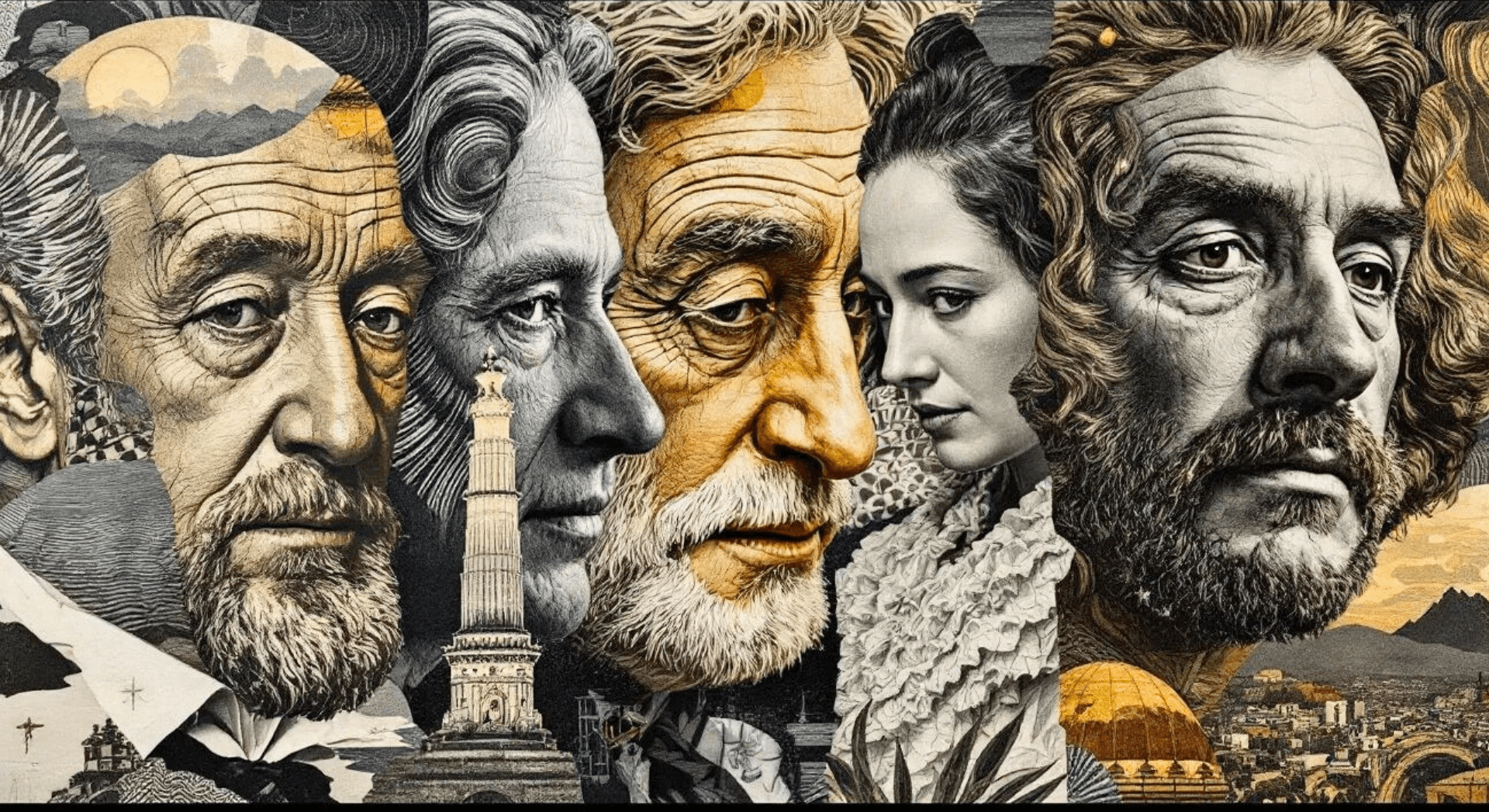

“Aesthetics: its root word, aisthetikos, ‘of or for perception by the senses, perceptive,’ of things, deftly describes the way we see the world through the five senses.”* These words resonate as we explore the enchanting intersection of classical music and art. Imagine a grand gallery where symphonies hang on the walls, and canvases echo with melodies. Let’s step into this harmonious realm where notes dance with brushstrokes.
1. The Symphony of Colors and Sounds
Classical music, with its intricate compositions and emotional depth, mirrors the hues of a masterful painting. Imagine Beethoven’s Ninth Symphony—the crescendo building like a sunburst breaking through storm clouds. Now envision a Baroque fresco—the swirls of angels and cherubs echoing those triumphant chords. Both evoke awe, both transcend mere sight or sound.
2. Now Lets Consider Baroque and Rococo: A Harmonious Pair
Baroque and Rococo art, with their ornate details and opulence, find kinship in classical music. Bach’s fugues mirror the intricate scrollwork of a Baroque violin. Vivaldi’s concertos—each movement a delicate brushstroke—align with Rococo’s playful elegance. As harpsichords trill, imagine Watteau’s pastoral scenes coming alive, nymphs twirling to the beat.
3. Neoclassical Precision
Neoclassical art, inspired by ancient Greece and Rome, echoes the precision of Mozart’s compositions. The clean lines of David’s sculptures find resonance in Haydn’s symphonies. Both celebrate balance, clarity, and intellectual beauty. Imagine a marble bust nodding to a sonata’s grace—their shared pursuit of timeless ideals.
4. Portraits in Music
Artists have painted musicians—their instruments extensions of their souls. But what if we reverse the canvas? Imagine a symphony as a portrait. Beethoven’s Fifth Symphony—the iconic four-note motif—becomes a stern visage. Chopin’s Nocturnes—a delicate profile in moonlight. Music breathes life into silent portraits, animating the eyes, the lips, the very essence of the subject.
5. Impressionism and Debussy’s Watercolors
Impressionist paintings—dappled light, fleeting moments—find kinship with Debussy’s compositions. His piano works ripple like Monet’s water lilies. Imagine a sun-drenched field—the brushstrokes capturing the play of light. Now listen to “Clair de Lune”—its cascading notes conjuring moonlit reflections. Impressionism and Debussy: a shared palette of nuance and emotion.
6. Abstract Expressionism and Stravinsky’s Firebird
Abstract art—bold strokes, raw emotion—meets Stravinsky’s “Firebird.” Imagine Pollock’s splatters dancing to the ballet’s infernal rhythms. The canvas ignites—the mythical bird rising from ashes. Abstract expressionism and Stravinsky: both defy convention, both ignite the senses. The canvas becomes a stage, the notes brushstrokes of flame.
7. The Muse in Music
Artists have muses—inspirations that fuel their creativity. But music, too, has muses. Imagine Tchaikovsky’s “Swan Lake”—its ethereal melodies inspired by Russian folklore. The ballerina’s pirouettes echo the violin’s trills. Or consider Klimt’s golden portraits—their sensuality mirrored in Wagner’s lush operas. Muses weave threads between art forms, whispering secrets across time.
8. The Gallery of Soundscapes
Close your eyes. Imagine walking through a gallery where each painting has a soundtrack. Van Gogh’s “Starry Night” hums with Debussy’s nocturnes. Frida Kahlo’s self-portraits pulse to the beat of Spanish guitar. Art and music—brushstrokes and notes—entwine, inviting us to wander through this multisensory wonderland.
A Harmonic Legacy
Classical music and art—a timeless duet. They converse in whispers, share secrets, and paint symphonies. As we stand before a canvas, let the notes wash over us. Let the colors sing. For in this fusion, we find not just beauty, but a powerful connection that transcends time and space and ends up massaging our souls. 🎨🎶✨
Stalk yourself to improve yourself